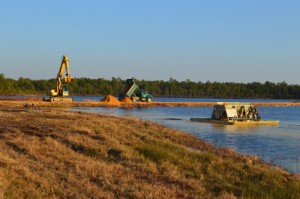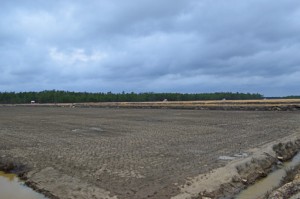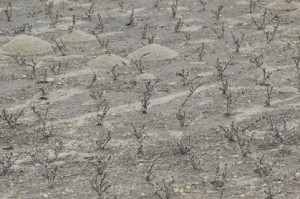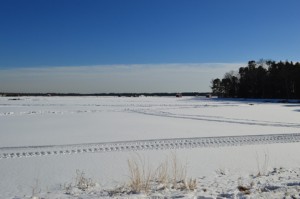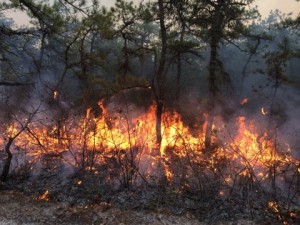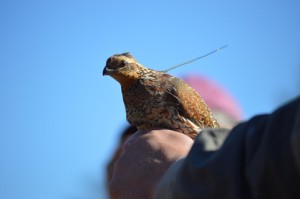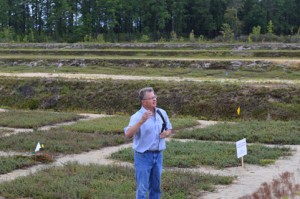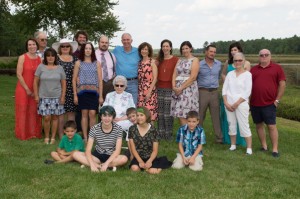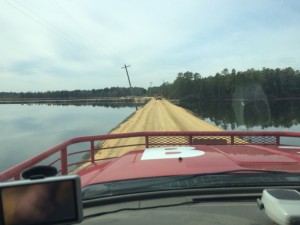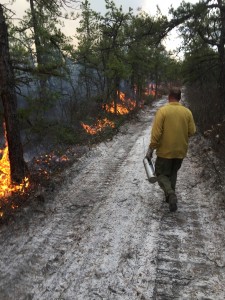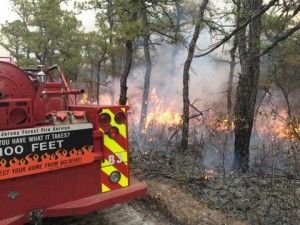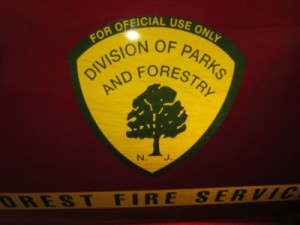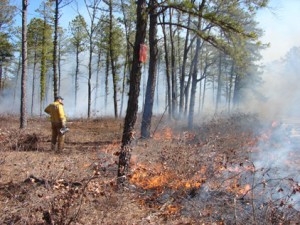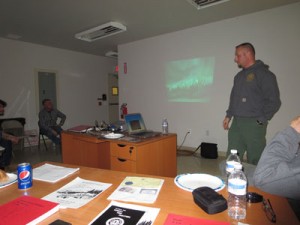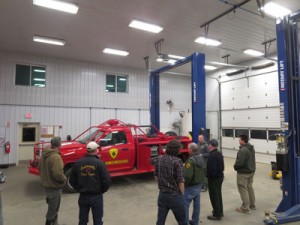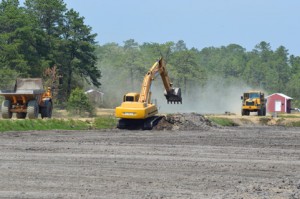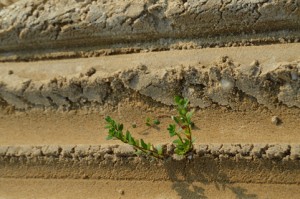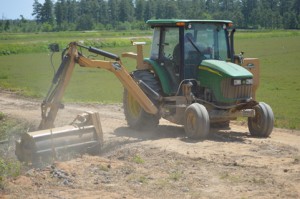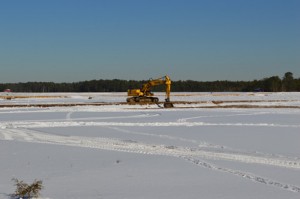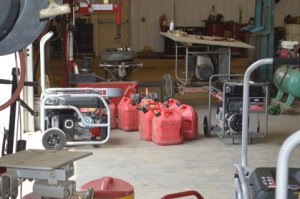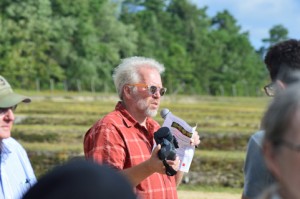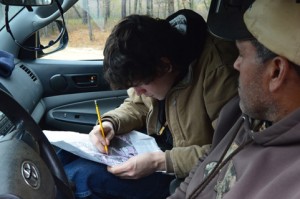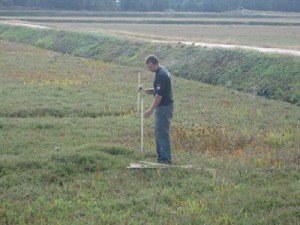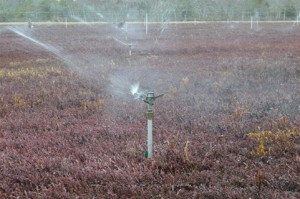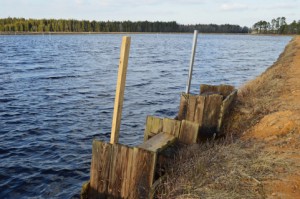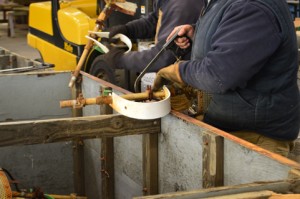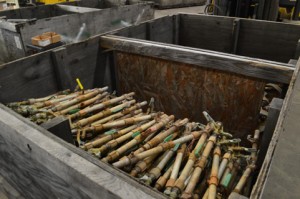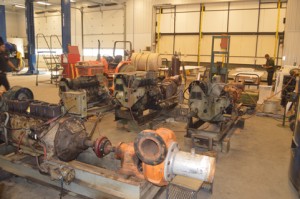Pine Island Cranberry is ready for spring! Our team has hit our sanding target, and even finished a little ahead! Sanding is a procedure which helps improve growth and yield by stimulating the development of new uprights (covering the base of the roots strengthens the root system and creates a more healthy vine) while also suppressing disease and reducing insects (by burying weed seed, spores, and insect eggs). It also improves soil drainage while at the same time absorbing and releasing heat so that frost danger in spring is lessened. This increases our efficiency by lowering the need for extra plant nutrition as well as saving water by cutting down frost irrigation times.
CEO Bill Haines is pleased with this year’s effort. “We found it was necessary to go back to our aggressive sanding approach. In the long run, it really helps our crop. So we tackled 361 acres, which is more than we’ve ever tackled in one year before. Matt [Giberson] and his team did a great job getting it done on time. In fact, they even got it done a little early.”
The water has already come off the young bogs, and our team is getting ready to take the winter flood off the established beds shortly.
Bog renovation, of course, is always ongoing, and there’s a lot to do before we start planting in the early fall! “As of right now, we’re moving a lot of sand,” says bog reno manager Steve Manning. “We’re putting sand down, widening dams for the tractor trailers, and pouring the concrete bases for the pumps.” They’re also beginning to install gates. Things are moving right along. . .now we just need the weather to cooperate!

